There have been many authoritative works documenting the extraordinary career of the great Italian race driver Tazio Nuvolari. The word “authentic” was used in this original article submitted by Lorenzo Montagner, who is the curator of the Tazio Nuvolari Museum in Mantua, Italy and could, therefore, be considered an authority on the subject of Tazio Nuvolari. Authentic, indeed.
Lorenzo Montagner writes from the perspective of an Italian enthusiast as well as a scholar. He takes pride in the history and the charm of the area which gave Nuvolari his epithet “The Flying Mantuan.” We chose not to change a single word of his manuscript.
– Pete Vack and Peter Darnall
By Lorenzo Montagner, Administrator and custodian of the Tazio Nuvolari Museum
Color photos by Gian Maria Pontiroli
Owned by the Automobile Club di Mantova, the Tazio Nuvolari Museum is situated in Mantua: the city is a small but wonderful peninsula surrounded by three artificial lakes located in the heart of the Po valley (Pianura Padana) between Milan and Venice. Mantua was the home town of the poet Virgil, a territory that blends together water, ground and sky. Under the duchy of the Gonzaga family, between the middle of 1300s and the beginning of 1700s, Mantua hosted renowned artists like Andrea Mantegna, Leon Battista Alberti and Giulio Romano who contributed to the transformation of the town in one of the gems of the Italian Renaissance.
Son of good Mantuan blood
The memorabilia of Tazio Nuvolari are conserved in the heart of the city, surrounded by the silent walls of the former Carmelino Church: trophies, medals, photographs and personal belongings narrate the life of the “Flying Mantuan”, a nickname coined by the poet Gabriele D’Annunzio for Tazio Nuvolari. Tazio was born in 1892 in Castel d’Ario as the son of a wealthy family of landholders, just a few acres away from the birthplace of Antonio Ascari, champion racing driver of Alfa Romeo in the 1920s and father of the Formula 1 driver Alberto. In this settings, Tazio understood that his vocation was speed; in fact one day he said: “I have never dreamt of fairy tales or pirates adventures; I have always and only dreamt of speed”. Son and grandson of two cycling champions, Tazio was initially fascinated by the motorbikes owned by his uncle Giuseppe when he first rode them at the age of ten. Anyway, the true passion of Nuvolari turned to be flying and a few years after the invention of the Wright brothers he succeeded to purchase a Blériot aircraft which he assembled himself and managed to take off from the roof of his house in the early 1910.
“Driving is not for you!”
Wandering in the Tazio Nuvolari Museum is a journey back in time. Nuvolari participated in the Great War as ambulance driver. One day, coming back from the front, Nuvolari accidentally swerved the lorry he was driving and the lieutenant suggested him to give up: “Driving is not for you!”. His career stated on 20th June 1920, at the age of 28, when he participated to a motorbike race riding a Della Ferrera Corsa. In the meantime, he also started to race on cars and even if the first years were poor of satisfactions, Tazio was a genuine show to watch: he succeeded to obtain his first automobile race victory on 22nd May 1921 in Verona driving an Ansaldo 4CS, and his first bike race victory was in Mantua itself riding a 998cc Harely Davidson FS Twin. Between 1920 and 1930, he alternated races on car and bike becoming known as the “Campionissimo” (“Super champion”) with a 350cc Bianchi “Freccia Celeste” beating his rivals riding 500cc European bikes. Victories in car races were late to come and struggling to find a racing team, in the winter between 1927 and 1928, he founded the Scuderia Tazio Nuvolari: he was one of the first drivers to found one using his own name.
Among all drivers, Tazio is recognizable from a distance: he is a short man but full of energy and strength with fire in his eyes. He is a driver that meticulously prepares and sets his car, he leaves nothing to the chance, and he even conceives his own livery that will never abandon for the rest of his career: from the typical trousers of a horse rider with Missoni style sweaters of the early 1920s to the blue trousers with lemon yellow shirts. He is also a magnificent manager finding personal sponsors and he negotiates rewards with race organizers, but this is not enough to hit the big time. In 1930 the turning point comes: Enzo Ferrari wants Tazio Nuvolari to drive the Alfa Romeo cars of his racing team. This is the beginning of an incredible story made of victories and arguments but also of humanity and brotherhood between two of the most charismatic characters of the Italian Twentieth Century.
“To the fastest man, the slowest animal”
The Nuvolari Museum conserves an inscription by the poet Gabriele D’Annunzio. In 1932, the year that corresponds to the victory of the European Championship of Formula Grand Prix, the poet donated to Nuvolari the famous turtle icon. This small jewel became a sort of amulet for the driver: a symbol to print on his letterhead, a brooch to pin his tricolor foulard, a logo to show on his private aircraft. At this stage, Tazio Nuvolari is the “new man” that domesticate the speed and that sets the fading of the European romantic man of the end of the Nineteenth Century. Several trophies are displayed among all the items of the museum: one in particular tells a story that sounds still incredible more than eighty years later. Tazio is waiting on the starting grid of the German race track in Nürburgring, he is the only one with an Alfa Romeo, racing against five Mercedes and four Auto Union. In those moments, Tazio spots the only Italian flag in the crowd among thousands of German ones; he notices that this lonely flag looks worn out and calls Nello Ugolini, the executive director of Scuderia Ferrari: “Nello, please make change that flag because it’s worn out, today I will win!”.
Tazio engages a fight that lasts almost five hours: much more is the engine horsepower of the German cars, as well as more advanced is the technology of the Reich automobiles with respect to the Alfa Romeo one. Nevertheless, Nuvolari succeeds in overturning the odds of the race by driving with his own distinctive style, by fighting like David against Goliath. In the last lap, when 200,000 Germans with the right hand up in the Nazi style are waiting for the Mercedes driven by von Brauchitsch, here it comes the Alfa Romeo of Tazio in first place crossing the finish line and winning an impossible race. It is 28th July 1935 and Tazio wins a trophy with the representation of the Roman god Mercury on a base with the name of Adolf Hitler.
A tragic destiny
A section of the Nuvolari Museum is dedicated to his family: to his wife Carolina and to his sons Giorgio and Alberto. By looking through the life of Tazio one gets the impression to sit in front of a movie script with a tragic side. The champion that bends the corners of race tracks as he wishes, becomes suddenly powerless in front of the destiny that takes away from him both his sons: Giorgio and Alberto die of illness about 10 years apart from one another, when they are 18 years old. While Tazio is pushing his luck on the race track, his most precious gifts are taken by illness.
Giorgio dies at the beginning of the summer of 1937 while Tazio is travelling to the USA to race for the Vanderbilt trophy; Alberto dies in the spring of 1946. From that day on, Tazio becomes even more a man of few words. Before the outbreak of World War II, Tazio leaves Alfa Romeo to join the futuristic Auto Union; the partnership, sealed by a conspicuous contract of 1,200,000 Reichmark, produces only three victories: the Italian Gran Prix and the English Gran Prix in 1938 and the Belgrade Gran Prix in 1939. He starts racing again in 1946 but he is only the shadow of the great champion of the past.
He is dejected because of the death of his sons, and even if he doesn’t win many competitions he is still on everyone’s lips: during the Mille Miglia race in 1947 (a single day car race starting from Brescia towards Rome and back to Brescia) in Turin Nuvolari keeps driving his small 1100cc Cisitalia against a powerful 3000cc Alfa Romeo; only an exceptionally heavy rain stops him during this endeavor and he places second. The year after, Enzo Ferrari convinces him to participate to Mille Miglia with a Ferrari 166 SC. The courage of Tazio is incredible and after more than a 600 miles racing with a damaged car, he is 23 minutes clear ahead of his teammate driving the same Ferrari model. Along the roads, the crying Italian crowd is greeting Nuvolari who is desperately driving towards the finish line now without the hood to protect the car engine. Unfortunately, when just a few hundred miles are left to the finish line, Enzo Ferrari imposes Tazio to stop. That day he lost the Mille Miglia but he won immortality. The car hood that Tazio lost during that race is today displayed in the Nuvolari Museum as a memory of that unforgettable day.
Tazio kept racing until his last appearance in 1950 at Silverstone, UK on a Jaguar XK120. At the early hours of the day 11th August 1953 Tazio passed away and “took off to race even faster in the highest ways of the sky”.
Ferdinand Porsche called Tazio “the greatest of the past, the present and the future” and to remember this great champion the Nuvolari Gran Prix is held every year in Mantua since 1991 organized by Scuderia Mantova Corse: a fabulous event, one of the world most prestigious road races together with Mille Miglia, that gathers every year more than 330 historic automobiles coming from all over the world. To promote the emblem of Nuvolari on the most famous race tracks of the world, the Scuderia Tazio Nuvolari Italia was founded in 2016. Even if very recent, in such a short time this organization has already gathered the interest of car enthusiasts, drivers, riders and other characters of the world motorsports, also from the USA and the UK. Some of them have participated with their personal cars to the 75th Members’ Meeting in Goodwood.
Web sites: www.tazionuvolari.it, www.gpnuvolari.it, www.scuderiatazionuvolariitalia.it
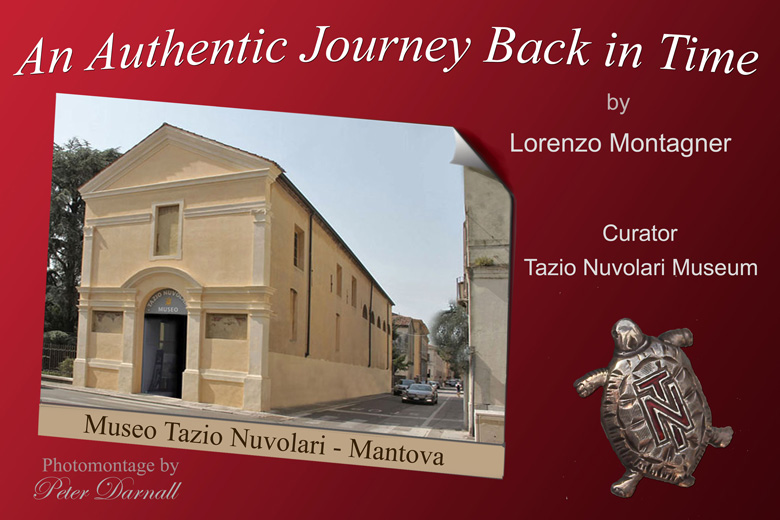
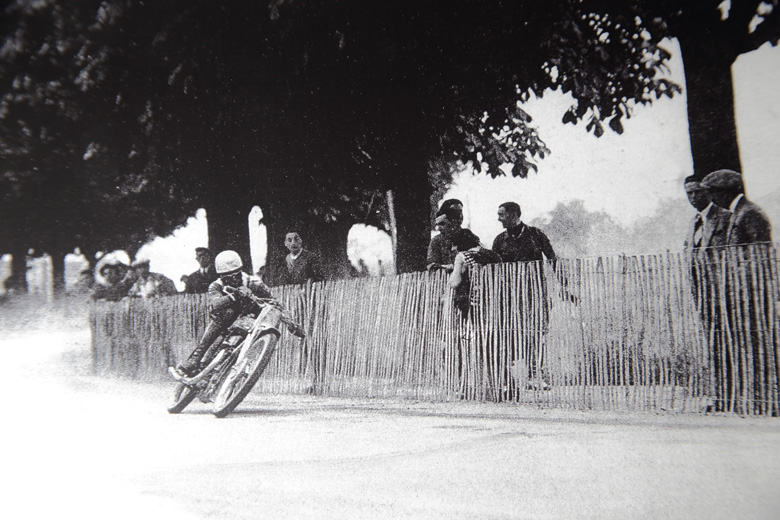

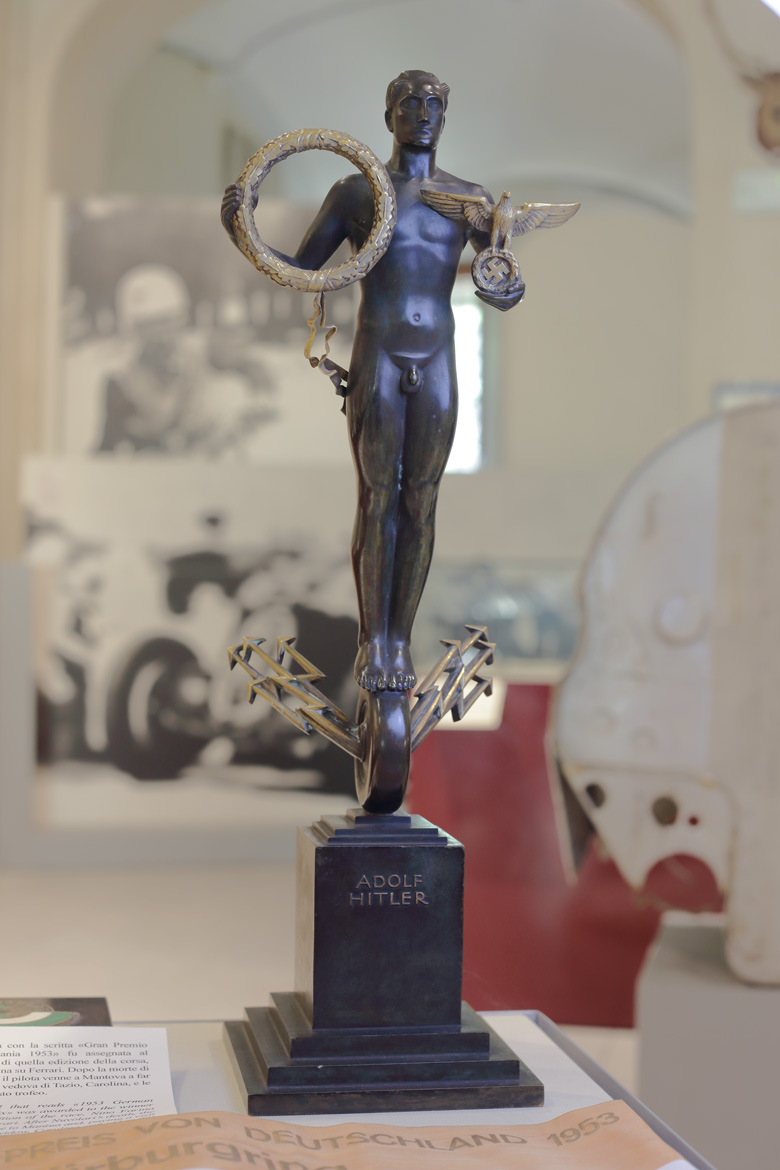

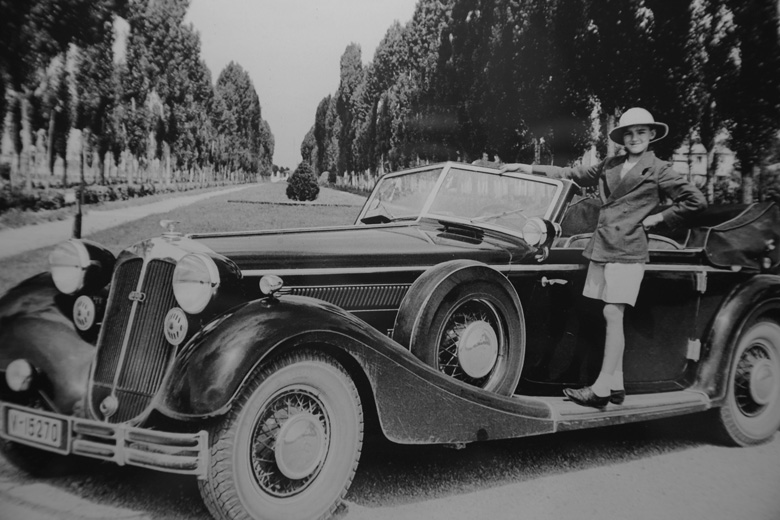
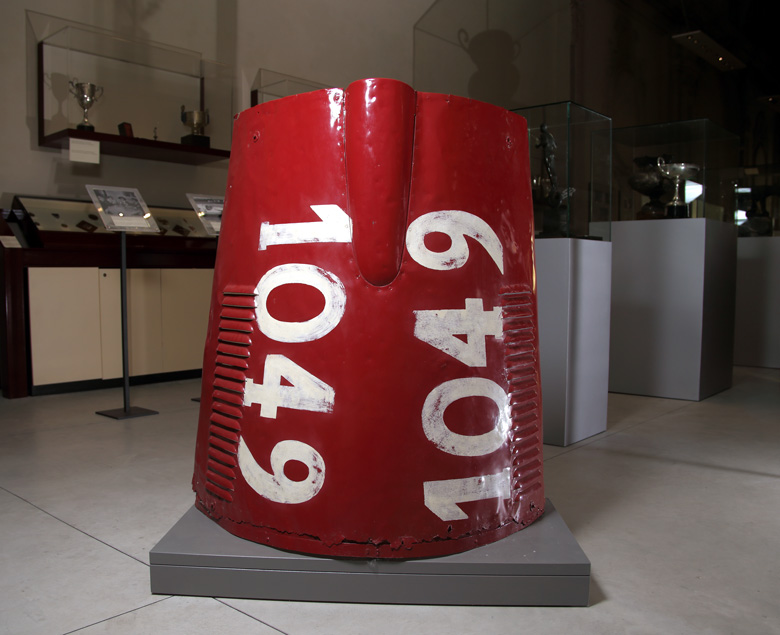
I visited this museum in 2013 and can confirm it is small but wonderful. My wife and I drove from England in our Audi TT 3.2 Roadster, calling in at the nearby and even more wonderful Mille Miglia Museum en route. http://www.museomillemiglia.it/mille-miglia-museum/
If you get the chance, visit both!
We hope to run our ’55 Thunderbird in this year’s “circuito di te” through the streets of Mantua. I think it will be fun.